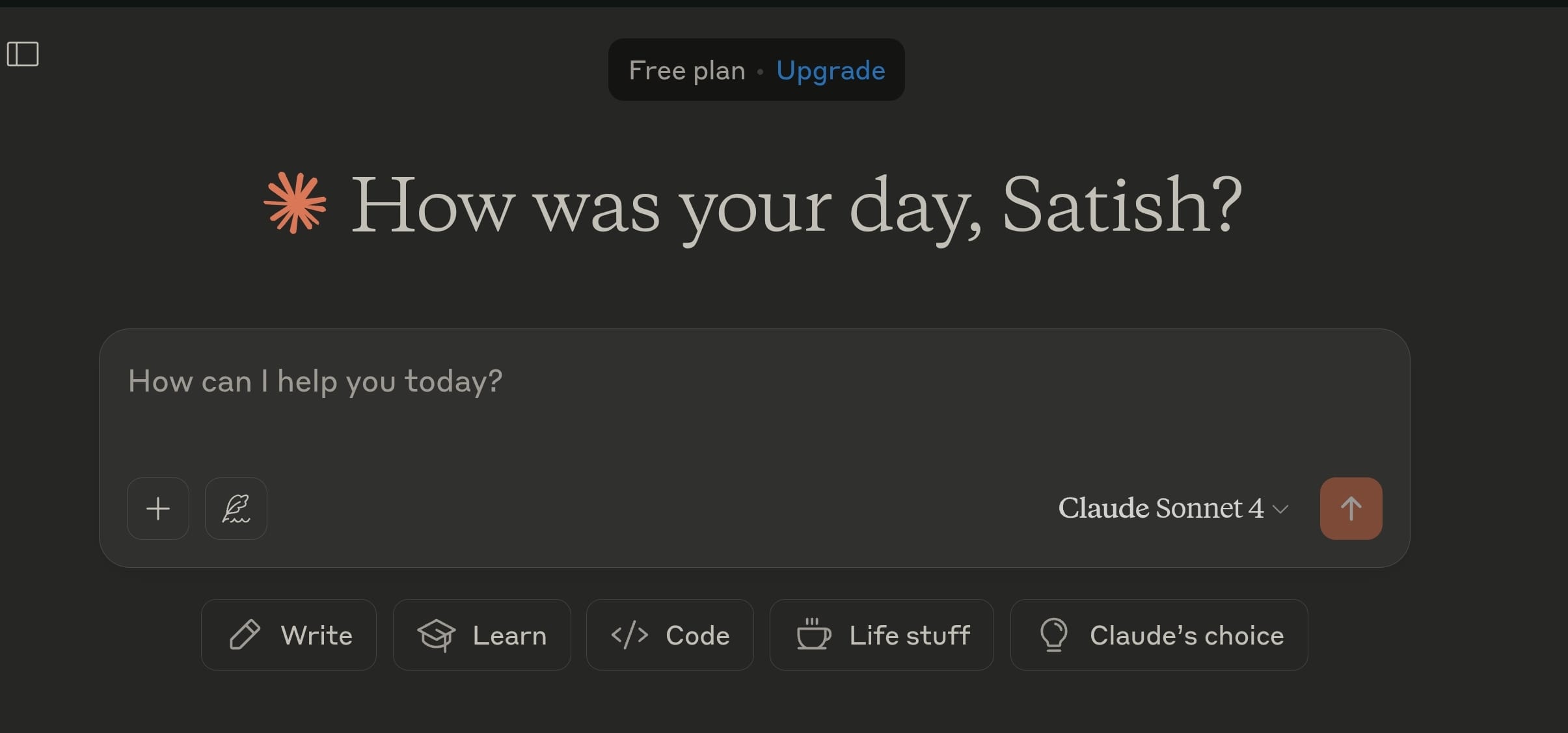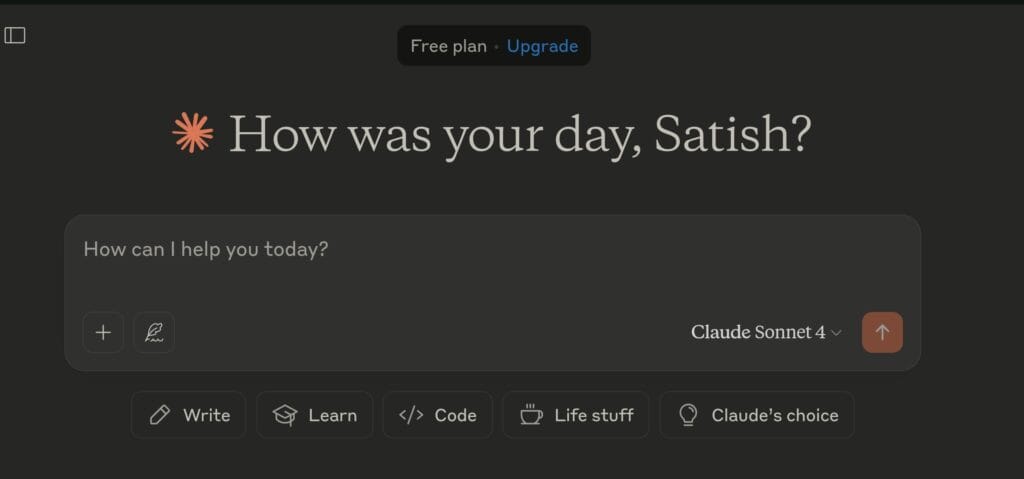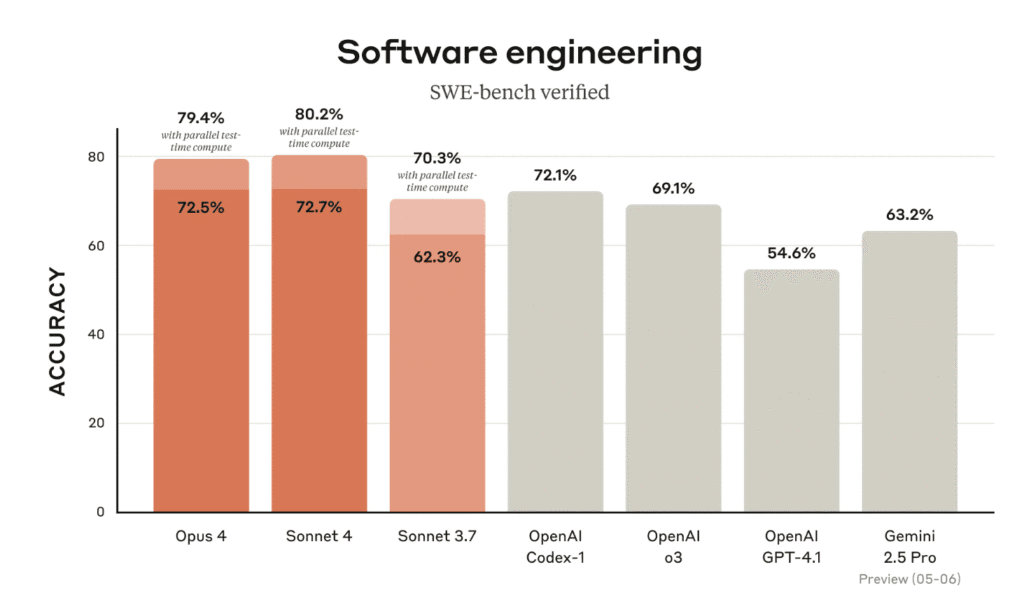Claude 4: Anthropic’s Latest AI Innovation (Sonnet and Opus)

Anthropic has unveiled Claude 4, its newest AI model lineup featuring Claude Opus 4 and Claude Sonnet 4. These models introduce significant advancements in coding, reasoning, and AI workflows, making them powerful tools for developers, researchers, and businesses.

Key Features of Claude 4
Claude 4 brings major improvements in AI reasoning, contextual understanding, and autonomous operations. Here’s what makes it stand out:
1. Extended Reasoning & Tool Use
Claude 4 can now pause and gather information. It refines responses using external tools like web search and document analysis. This change makes it far more efficient in handling complex queries and improving response accuracy.
2. Improved Memory & Context Retention
For tasks requiring long-term memory, Claude 4 can store and retrieve key facts from a given knowledge base. When integrated into AI workflows, it ensures better coherence and contextual consistency across multiple interactions.
3. Enhanced Coding Capabilities
Claude Opus 4 excels in high-precision coding tasks, surpassing models in software engineering benchmarks. Its capabilities include:
- Bug fixing: Finds and corrects errors with minimal developer intervention.
- Code refactoring: Improves existing code structure for efficiency.
- AI agent development: Powers automation tools used in software programming.
4. Optimized for AI Agents
Companies like Cursor and Replit are leveraging Claude 4’s precision and adaptability to enhance AI-driven coding workflows. These integrations show Claude 4’s potential to act autonomously while improving productivity.

Claude Opus 4 vs. Claude Sonnet 4
Claude 4 comes in two distinct versions, each suited for different applications:
- Claude Opus 4: The flagship model, engineered for deep reasoning, complex problem-solving, and long-running tasks. This model is highly suitable for applications such as AI research, data analysis, and scientific computing.
- Claude Sonnet 4: It is a streamlined, faster variant. It is optimized for real-time applications. These include coding assistants, customer support bots, and knowledge retrieval systems.
Industry Adoption & Future Prospects
Claude 4 is rapidly gaining traction across various industries, particularly in software development, research, and business intelligence. Here are some ways examples of its usage
- Copilot Integration: Claude 4 enhances multi-step coding workflows by offering a deeper understanding of developer queries.
- Data Science Applications: Researchers use Claude 4’s ability to process vast amounts of structured data for predictive analytics and automation.
- AI Assistants in Healthcare: Early applications highlight Claude 4’s ability to support medical diagnostics. Advanced pattern recognition in clinical data achieves this.
With its extended thinking capabilities, Claude 4 is redefining how AI interacts with complex workflows. Whether you’re a developer, researcher, or business professional, Claude 4 offers unmatched efficiency and intelligence.
Reference: Claude 4 Ai latest





